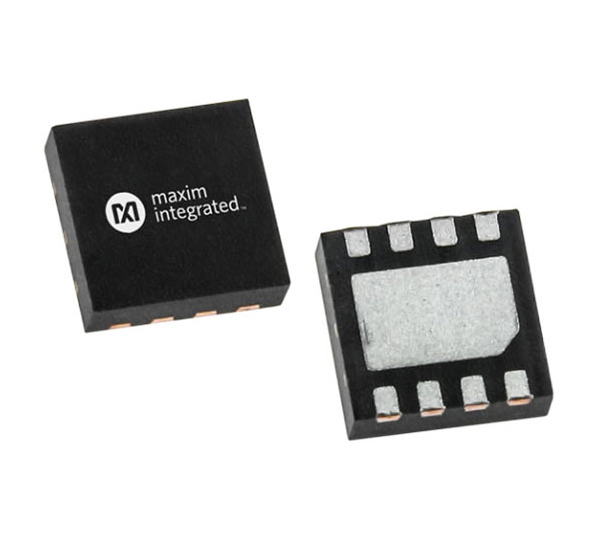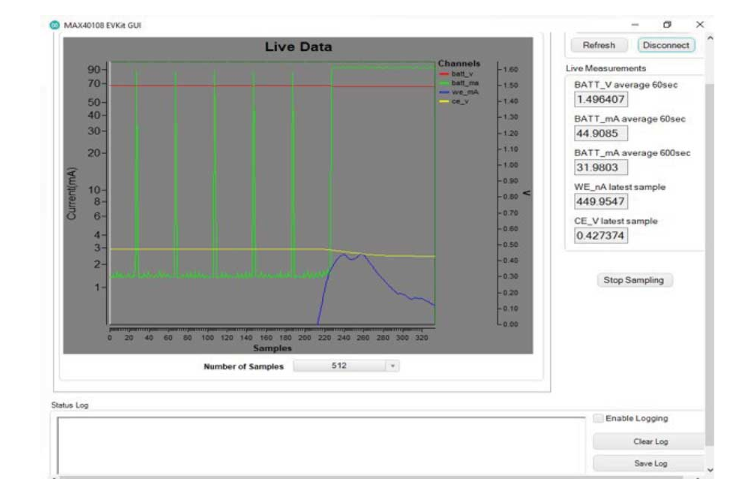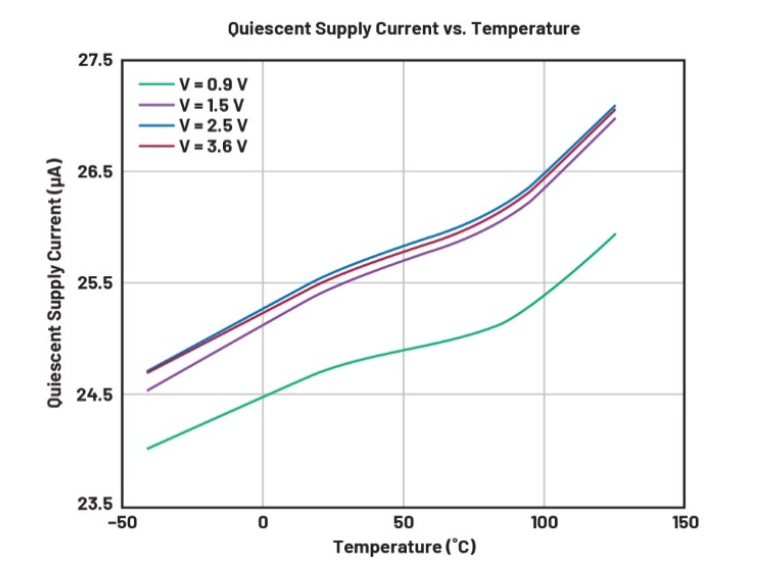
Abstract
This paper will explore operational amplifiers suitable for electrochemical gas sensor applications such as ethanol and carbon monoxide (CO). The amplifier performance required for such applications will also be discussed to help ease portable devices accurately measure ethanol and CO with lower power consumption and better results.
Intro
Electrochemical gas detection elements require a constant bias to operate properly and accurately, which can consume a lot of power. When devices are in idle or sleep mode, a normal power management system will often try to keep them all switched off. However, electrochemical sensors can take tens of minutes or even hours to stabilize. Therefore, the detection element and its bias circuit must be in the "always on" state. In addition, for consumer electronics applications using a single AA battery, the required bias voltage is usually very low.
The MAX40108 is a low-power, high-precision operational amplifier (op amp) with an operating power supply down to 0.9V, designed specifically for instrumentation applications. In addition, the device has rail-to-rail input and output characteristics with a typical supply current consumption of only 25.5μA and a typical zero-drift input offset voltage of 1μV over time and temperature.
Therefore, it is ideal for a variety of low-power applications, such as consumer electronics such as ethanol and CO gas sensors.
Summarize
Figure 1 shows a block diagram of an electrochemical sensor such as ethanol or CO. The system uses a low-voltage operational amplifier, which is directly powered by a 1.5VAA/AAA battery and is electrochemical
The sensor provides bias current while the rest of the system is in sleep mode to save power. The first op amp U1 powers the reference electrode of the electrochemical sensor. The second op amp, U2, is configured as a transconductance amplifier that converts the sensor's current output into a voltage output, which is amplified and digitally processed by a microcontroller. Voltage pass
The MAX44260 (aka U3) amplifier is a 1.8V, 15MHz, low-offset, low-power, rail-to-rail input/output (I/O) operational amplifier. ES stands for electrochemical sensor
Figure 1. Block diagram of an electrochemical sensor using the MAX40108

Ethanol sensor evaluation
In the ethanol sensor evaluation, the sensor used is the SPEC 3SP_Ethanol_1000 package 110-202 shown in Figure 2.

This SPEC ethanol sensor generates an electric current proportional to the amount of gas captured. It is a three-electrode device: WE, RE and CE.
WE: Working electrode. The WE bias voltage is 0.7V for detecting gas vapors.
RE: reference electrode. This RE provides a stable electrochemical potential with a bias voltage of 0.6V in the electrolyte without contact with gas vapors. CE: Opposite electrode (CE). CE conducts electricity in the presence of gas. The level of conductivity is proportional to the gas concentration, so that the system can make an electrical measurement of the gas concentration.
In this gas sensor evaluation, the gas particles need to be in physical contact with the SPEC sensor, in other words, the ethanol sensor basically only measures the gas present at the location of the sensor itself. Therefore, in order to accurately and efficiently detect gases such as ethanol and CO, the sensor should be placed where the concentration of the gas is expected to diffuse. In this experiment, a cotton swab was dipped into an ethanol solution and placed directly in front of the SPEC sensor.
Figure 3 shows the captured ethanol vapor, as shown by the blue curve. The green curve shows the current consumption of the entire system, including the microcontroller, with a typical value of 90mA. however
When VDD=0.9V and TA=25°C, the current consumption of the MAX40108 itself is only 25.5μA, as shown in Figure 4
When in idle mode, the microcontroller wakes up every 10 seconds for ethanol vapor monitoring. When steam is present, the microcontroller begins to measure the vapor concentration, as shown in the blue curve. The red line shows AA battery voltage of about 1.5V, and the yellow line shows CE voltage.
To see how responsive the ethanol sensor is to the vapor concentration, move the Q-tip further away from the sensor. The captured results are shown in Figure 5. As expected, steam
The amplitude of the gas concentration (blue curve) decreases accordingly.
Figure 3. Performance of ethanol sensor

Figure 4. Current consumption at various supply voltages and operating temperature ranges

Figure 5. Performance of the ethanol sensor when the vapor is removed from the SPEC sensor

CO Sensor Evaluation
Unlike ethanol, CO is a potentially toxic gas that can be produced when gasoline and even harmless candles are burned incompletely. Therefore, when conducting the CO gas experiment,
It is important to take proper ventilation measures to ensure health and safety. In the CO sensor evaluation, we used a candle to generate CO gas in a covered wide-mouth bottle and used a phase
The same sensor SPEC3SP_Ethanol_1000 is packaged 110-202 to capture CO gas concentration.
Figure 6 shows the captured CO gas, as shown in the blue curve. The green curve shows the current consumption of the entire system, including the microcontroller, with a typical value of 90mA.
As with ethanol assessment, when in idle mode, the microcontroller wakes up every 10 seconds for CO gas monitoring. When the gas is detected, the microcontroller starts measuring
Measure its concentration, as shown in the blue curve. The red line shows AA battery voltage of about 1.5V, and the yellow line shows CE voltage.
Figure 6. Performance of the MAX40108CO sensor

Conclusion
To enable accurate measurement of ethanol and CO gases in consumer electronics and industrial applications, a low-power, high-precision operational amplifier with an operating power supply down to 0.9V is required.
The MAX40108 device is designed for efficient capture and measurement of common gases such as ethanol and CO, with current consumption as low as 25.5μA and a size of just 1.22mm x 0.92mm
8-pin WLP package. The amplifier is related to break mode, which can further save power for wearable devices, portable medical systems and industrial Internet of Things (IoT), such as pressure
Force, flow, level, temperature and proximity measurements), this feature advantage is critical.
About ADI
AnalogDevices is a leading global semiconductor company that Bridges the physical and digital worlds to enable intelligence
Breakthrough innovation at the edge. ADI provides solutions that combine analog, digital, and software technologies to drive continued growth in areas such as the digital factory, automotive, and digital health
To address the challenge of climate change and build a reliable connection between people and everything in the world. Analog Devices had fiscal year 2022 revenue of more than $12 billion and more than 24,000 employees worldwide. Hand in hand With 125,000 customers worldwide, ADI enables innovators to continue to exceed what is possible.
About US
Heisener Electronic is a famous international One Stop Purchasing Service Provider of Electronic Components. Based on the concept of Customer-orientation and Innovation, a good process control system, professional management team, advanced inventory management technology, we can provide one-stop electronic component supporting services that Heisener is the preferred partner for all the enterprises and research institutions.
